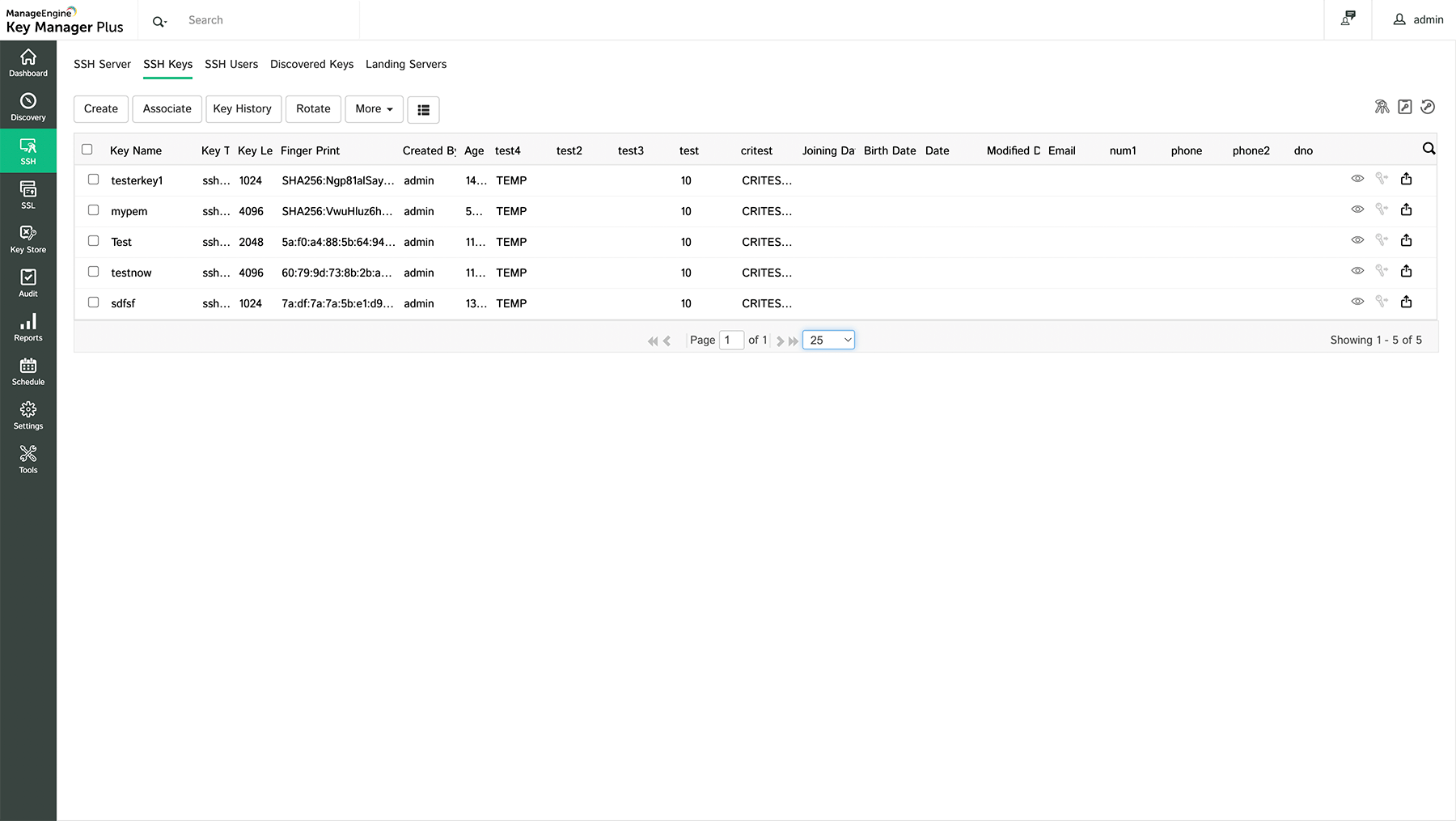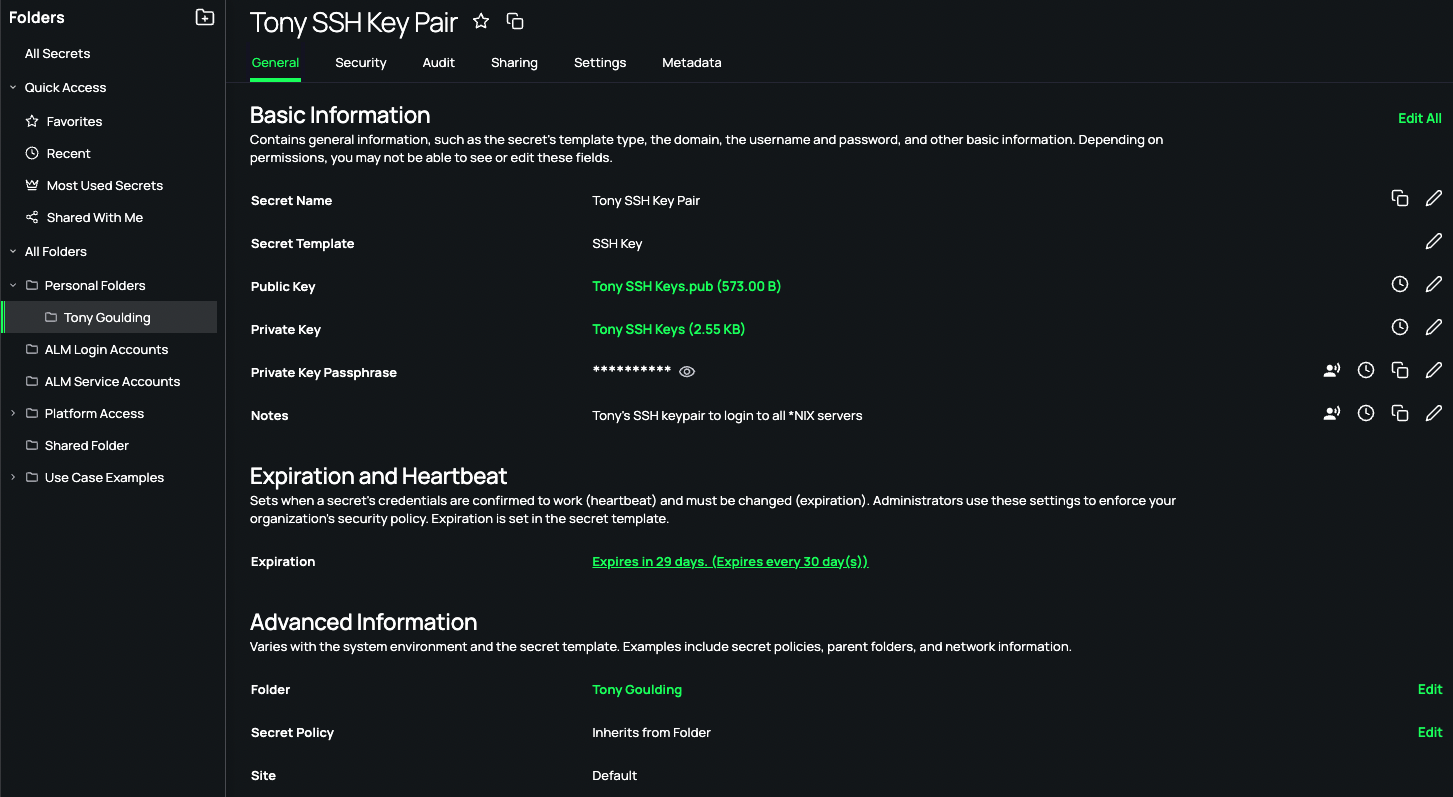In the intricate world of interconnected devices, is the security of your remote IoT infrastructure truly airtight? Proper SSH key management is not just a best practice; it's a fundamental necessity for protecting your valuable data and ensuring the operational integrity of your entire system.
The relentless expansion of the Internet of Things (IoT) has ushered in an era of unprecedented connectivity, transforming industries and redefining the way we interact with technology. This paradigm shift, characterized by the seamless exchange of data between devices, has unlocked a wealth of opportunities. However, this same interconnectedness introduces a complex web of security vulnerabilities that, if left unaddressed, can expose organizations to significant risks. Unsecured communication channels can be exploited, sensitive data can be compromised, and operational control can be lost, leading to devastating consequences. This article will explore the critical role of Secure Shell (SSH) key management within remote IoT ecosystems, providing a comprehensive understanding of why it matters and how to implement it effectively.
Whether you're a seasoned system administrator, a forward-thinking developer, or an IT professional keen on strengthening your security posture, understanding the nuances of SSH key management in a remote IoT environment is not just an advantage, its a necessity. This guide will delve into practical insights, industry best practices, and actionable tips to help you fortify your security protocols and keep your remote IoT operations safe. Before you dive into advanced management techniques, its essential to comprehend the basics of SSH keys, how they function, and their role in establishing secure communication. This knowledge will serve as the foundation for a strong defense against potential threats.
- Laz Alonso Wife Inside Their Private Relationship Life
- Richard Harmon Rhiannon Fish A Look Into Their Lives Careers
Table of Contents
- Introduction to RemoteIoT SSH Key Management
- Why SSH Key Management Matters for RemoteIoT
- Understanding the Basics of SSH Keys
- Security Benefits of Proper SSH Key Management
- Best Practices for RemoteIoT SSH Key Management
- Tools for Managing SSH Keys in RemoteIoT
- Implementing SSH Key Management in RemoteIoT
- Common Risks and Challenges in SSH Key Management
- Automation in SSH Key Management for RemoteIoT
- The Future of RemoteIoT SSH Key Management
- Conclusion
Introduction to RemoteIoT SSH Key Management
In the dynamic landscape of remote IoT operations, SSH key management stands as a cornerstone of secure device access. These keys serve as the very foundation for authenticating users and devices, offering a significantly higher level of security compared to traditional, password-based authentication methods. They act as a crucial layer of defense against unauthorized intrusions, ensuring the integrity and confidentiality of your data.
IoT Security and SSH Keys
IoT devices, by their very nature, are often deployed in geographically isolated locations, making physical access for maintenance and management impractical. This remote nature necessitates robust, secure remote access solutions. SSH keys provide this secure conduit for authentication and authorization, drastically reducing the risk of unauthorized intrusions. They offer a reliable and secure way to establish a trusted connection, allowing for remote configuration, updates, and troubleshooting without compromising the security of the device or the network.
Why Is SSH Key Management Important?
Without proper and ongoing key management practices, SSH keys can quickly become a significant security liability. Misconfigured or poorly managed keys can create openings for security breaches, potentially leading to the compromise of sensitive data and critical operational disruptions. Effective SSH key management is, therefore, crucial for ensuring that only authorized entities gain access to your IoT infrastructure. This includes the consistent monitoring of key usage, the timely rotation of keys, and strict access controls to protect against unauthorized access and potential attacks.
- Gavin Casalegno Age How Old Is The Rising Star
- Unveiling Erwan Heussaffs Nationality A Culinary Journey
Why SSH Key Management Matters for RemoteIoT
Managing SSH keys in a remote IoT environment transcends the simple act of securing access; it's about maintaining the very integrity of your operations. In an IoT ecosystem, devices frequently communicate with each other, creating an interconnected web where secure authentication is not just importantit is absolutely critical. The ability to verify the identity of each device and ensure the confidentiality of their communications is vital for the overall health and functionality of the network.
| Benefits of SSH Key Management |
|---|
| Enhanced Security: Significantly reduces the risk of unauthorized access by employing robust authentication protocols, protecting sensitive data, and mitigating the impact of potential security breaches. |
| Scalability: Allows for the effortless management of keys across numerous devices and users, simplifying the deployment and maintenance processes, even as your IoT infrastructure expands. |
| Compliance: Facilitates adherence to industry standards and stringent regulatory requirements, ensuring your operations align with best practices and avoid potential legal or financial consequences. |
Understanding the Basics of SSH Keys
Before delving into the intricacies of advanced management techniques, a solid understanding of SSH keys is essential. At its core, an SSH key comprises a pair: a public key and a private key. The public key is shared with the server, while the private key remains securely guarded by the user.
Public and Private Keys
The public key serves as a digital lock, while the private key functions as the unique key required to unlock it. This asymmetric encryption method is a cornerstone of SSH security, ensuring that only the holder of the private key can successfully gain access to the system. The cryptographic algorithms used in SSH provide a high degree of security, making it extremely difficult for unauthorized parties to decrypt or forge the keys.
Security Benefits of Proper SSH Key Management
The implementation of proper SSH key management is a critical measure in significantly enhancing the security posture of your RemoteIoT infrastructure. By adopting and diligently implementing best practices, you create a formidable defense against a variety of potential threats and vulnerabilities that can compromise your system.
Common Security Threats
| Common Security Threats |
|---|
| Brute Force Attacks: Unauthorized attempts to guess private keys through trial and error. This can be mitigated through strong key generation and limiting the number of login attempts. |
| Key Leakage: Accidental exposure of private keys due to improper storage, sharing, or malware. Secure storage and restricted access are essential. |
| Unauthorized Access: Unauthorized users or devices gaining access to systems, often through compromised credentials or vulnerabilities. Robust access controls and continuous monitoring are key countermeasures. |
Best Practices for RemoteIoT SSH Key Management
Adopting a rigorous set of best practices is paramount for ensuring secure SSH key management within your RemoteIoT environment. These practices are not merely recommendations; they are the fundamental building blocks of a robust security strategy, protecting your infrastructure from potential threats. By adhering to these guidelines, you can significantly reduce the risk of unauthorized access and maintain the integrity of your systems.
Key Management Practices
| Key Management Practices |
|---|
| Regularly Rotate Keys: Implement a regular key rotation schedule. This involves generating new key pairs and replacing the existing ones on a set frequency, which can be monthly or quarterly, depending on your risk assessment and security policies. Frequent key rotation significantly reduces the potential damage from a compromised key. |
| Limit Access: Strictly restrict key usage to authorized personnel only, implementing the principle of least privilege. This means granting users and devices only the minimum level of access necessary to perform their duties. This limits the potential damage from a compromised account and reduces the attack surface. |
| Monitor Usage: Continuously track and monitor key usage to detect any suspicious or unauthorized activities. Implement robust logging and alerting mechanisms to promptly identify and respond to any unusual access patterns or attempted breaches. Regular security audits can further bolster your defenses. |
Tools for Managing SSH Keys in RemoteIoT
Several specialized tools are available to streamline SSH key management within a RemoteIoT setup. These tools offer a range of features to simplify the processes of key generation, key rotation, and the critical monitoring of key usage.
Popular SSH Key Management Tools
| Popular SSH Key Management Tools |
|---|
| SSH Key Management Systems (SKMS): Enterprise-grade solutions are tailored to manage keys at scale, providing centralized key storage, access control, and automated key rotation. |
| OpenSSH: Widely used, open-source tool for SSH key management, offering basic features like key generation and management on a command-line interface. |
| HashiCorp Vault: Secure solution designed for storing and managing secrets, including SSH keys, enabling centralized control, auditing, and rotation. |
Implementing SSH Key Management in RemoteIoT
The implementation of SSH key management within a RemoteIoT environment involves a series of well-defined steps. From the initial key generation to the final deployment, each phase requires meticulous planning and rigorous execution to ensure the security and integrity of your system.
Steps for Implementation
| Steps for Implementation |
|---|
| Key Generation: Employ strong, unique key pair generation using algorithms such as RSA or ECDSA, with a minimum key length of 2048 bits. Consider using a secure random number generator to enhance the security of the keys. |
| Deployment: Distribute public keys securely to devices. This process should involve encrypted channels, secure protocols, and robust authentication mechanisms to prevent unauthorized access or interception during transit. Consider automating the deployment process for efficiency. |
| Monitoring: Implement continuous monitoring of key usage and access, using log analysis, intrusion detection systems, and regular security audits. This proactive approach ensures that any suspicious activities are swiftly detected and addressed. |
Common Risks and Challenges in SSH Key Management
Despite the numerous advantages, SSH key management comes with its own set of inherent challenges. Understanding these risks is the crucial first step in implementing effective mitigation strategies, creating a layered defense against potential vulnerabilities.
Key Management Challenges
| Key Management Challenges |
|---|
| Key Sprawl: Managing a large and ever-growing number of keys across numerous devices, creating complexity and potential security vulnerabilities. Automation and centralized key management tools are essential. |
| Outdated Keys: The failure to regularly update or rotate keys, leaving systems vulnerable to compromise. This emphasizes the need for a well-defined key rotation policy and automation. |
| Insufficient Monitoring: A lack of oversight over key usage, making it difficult to detect and respond to suspicious or malicious activities. Robust monitoring and alerting systems are critical. |
Automation in SSH Key Management for RemoteIoT
The application of automation can significantly enhance the efficiency and security of SSH key management within the RemoteIoT environment. By automating processes such as key generation, rotation, and continuous monitoring, you can drastically reduce the potential for human error and markedly improve your overall security posture.
Automation Tools
| Automation Tools |
|---|
| Ansible: A powerful tool for automating key deployment and ongoing management, enabling configuration management, application deployment, and orchestration. |
| Puppet: A configuration management tool capable of managing SSH keys across multiple devices, ensuring consistency and enforcement of security policies. |
| Chef: A configuration management platform streamlining key management processes, providing infrastructure automation and compliance enforcement. |
The Future of RemoteIoT SSH Key Management
As the landscape of the Internet of Things continues to evolve at a rapid pace, so too will the methodologies for managing SSH keys. Emerging technologies and advancements in the field of cryptography will undoubtedly play a pivotal role in shaping the future of secure key management practices.
Emerging Technologies
| Emerging Technologies |
|---|
| Quantum Cryptography: This field holds immense promise for advancements in the secure exchange of keys, offering resistance to attacks from quantum computers. |
| AI and Machine Learning: The application of Artificial Intelligence and Machine Learning will further enhance the capabilities of monitoring and threat detection, providing more sophisticated ways of identifying and responding to potential security breaches. |
- Steve Perrys Love Life Is Journeys Singer Married
- David Muirs Relationship Status Is The Anchor Married

